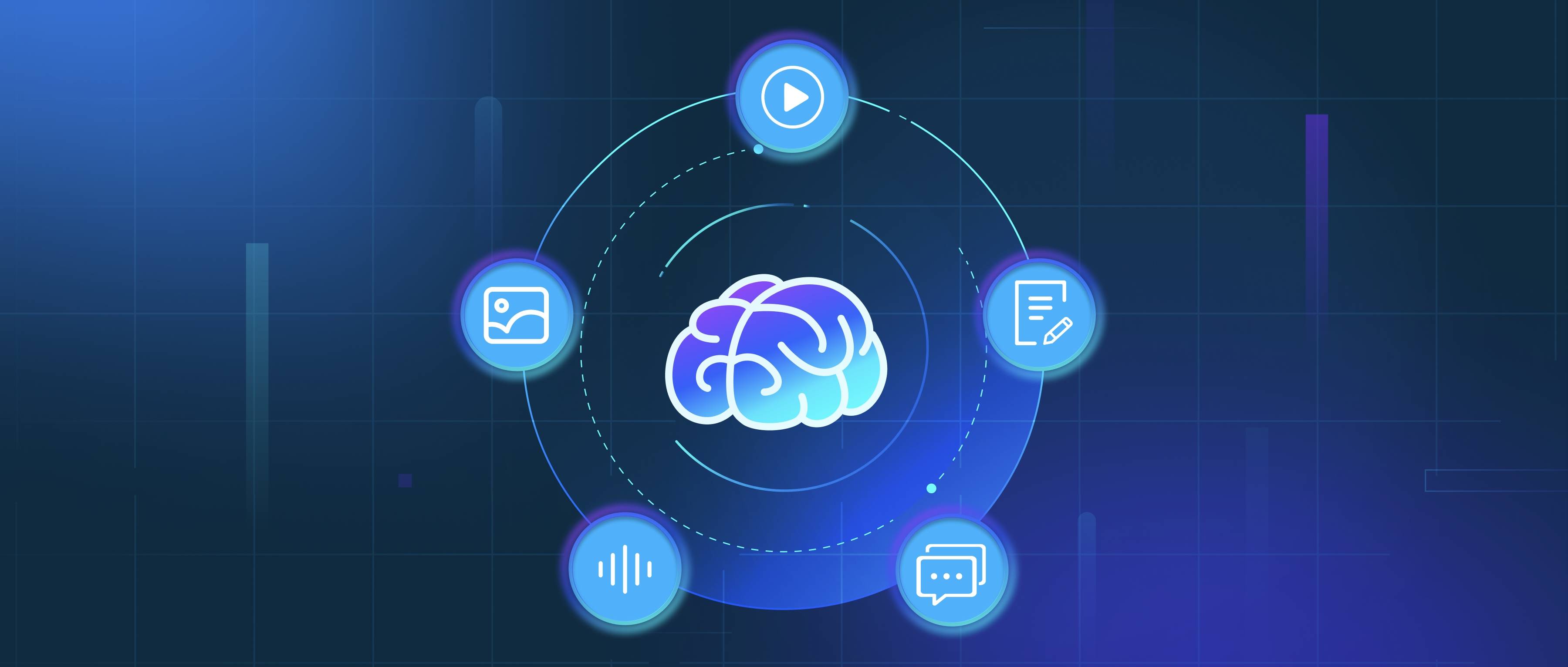To protect VR user data, it’s crucial to implement several key security measures. First, data encryption should be the first line of defense. This involves encoding the data so that even if it is intercepted during transmission, it cannot be read without the correct decryption key. Both data at rest and data in transit should be encrypted. For example, using protocols like TLS for secure connections will help protect user data during online interactions, safeguarding it from potential eavesdroppers.
Another important measure is implementing robust authentication protocols. This includes requiring users to create strong passwords and considering multi-factor authentication (MFA) to add an extra layer of security. MFA can involve anything from sending a one-time code to the user’s mobile device to using biometric verification methods such as fingerprint or facial recognition. These measures help ensure that only authorized users have access to their accounts and personal data, which is particularly important in VR environments where user identities can be sensitive.
Finally, regular updates and patches to the software and hardware used in VR systems are essential. Vulnerabilities can be exploited by malicious actors, so it's important to stay updated with the latest security patches from software developers. Additionally, conducting regular security audits can help identify any weaknesses in the system that need to be addressed. In summary, effective data protection in VR requires encryption, strong authentication, and consistent maintenance to reduce risks and safeguard user information.
